Construction contracts must address ongoing building performance under LEED v4 and The Living Building Challenge.
For new, progressive green building development, owners, designers and contractors ought to consider making sure that their contracts accurately reflect the demands of LEED v4, which is already available for projects and will become mandatory next year by the U.S. Green Building Council. The standard, developed by the U.S. Green Building Council, continues to evolve toward the more aggressive Living Building Challenge, administered by the Cascadia Green Building Council. In two important respects, LEED v4 adopts concepts which will require careful coordination among project participants.
1. Holistic Approach – Materials, Labor, Design and Contracts!
LEED v4 continues the standard’s evolution toward entire building systems, moving beyond credit for products specified in isolation. This is true particularly in the building enclosure system and water and energy management: it is no longer enough to specify a low-flow toilet, or a particular light-diffusing surface. The entire plumbing system or enclosure system must be considered together holistically in design and execution. This means it needs to be considered “holistically” — not only in the division and organization of labor and materials, but also legally as well. Parties moving forward under LEED v4 should have a look at all contract documents – and other parties’ contracts – to make sure that traditional dividing lines between scopes of work, and between design and means-and-methods of construction, reflect an appropriate allocation of duties as necessary to address LEED v.4 requirements. Owners should put pressure on their general contractors to make sure they realize the reach of their role; general contractors should be putting pressure on subcontractors to coordinate and organize proactive meetings to invest each trade in the building as a whole.
2. Buildings need to be tested and proven.
LEED v4 emphasizes ongoing building performance and commissioning in a way that the Living Building Challenge has integrated at its core: building systems need to be tested and proven to work before certain accreditation is achieved. This means that project participants may not be done with their work upon final payment, or upon completion of a warranty punchlist. Instead, owners, designers and contractors need to be involved in designing the sort of tests they are going to use to prove their buildings perform as required. Further, they need to design their contracts and alert their respective insurers to these new and ongoing requirements to mitigate the possibility of unforeseen expensive and important investments need fine-tuning after construction is complete.
The pressure has historically been on project participants to carve out their discrete areas of risk and responsibility. But, ultimately, that is not how completed buildings perform. The success of the whole depends on the success of the parts. Recognizing this, LEED v4 and the Living Building Challenge push participants to organize their project – including their contracts and construction protocols – with this in mind to achieve complete project success. Read more at https://living-future.org/lbc and http://www.usgbc.org/leed/v4/.


